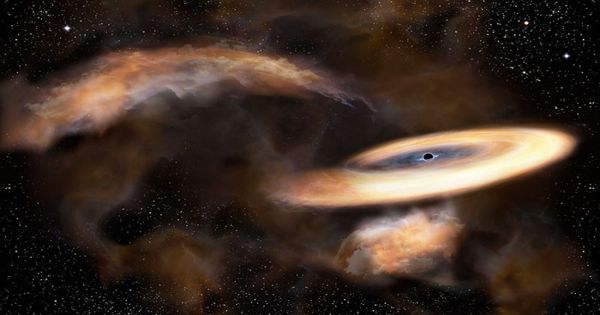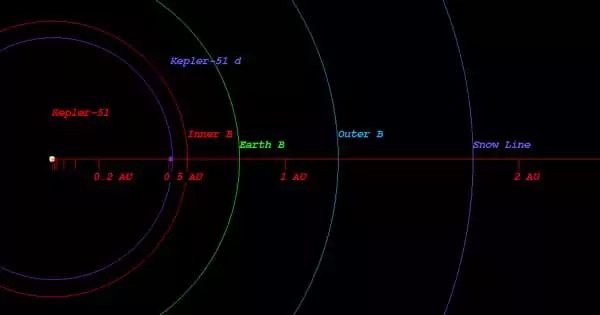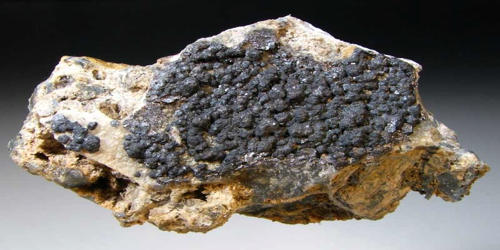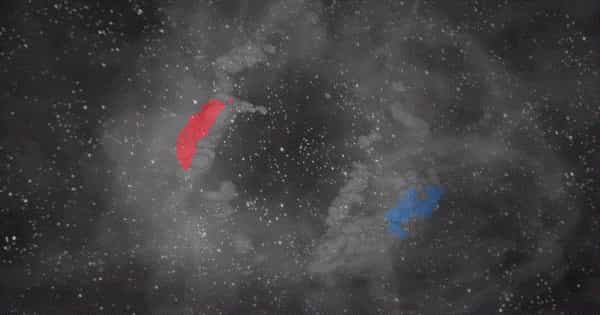Scientists have long suspected that supermassive black holes can travel through space, but catching them in action has proven difficult. Researchers at the Center for Astrophysics | Harvard & Smithsonian have discovered the clearest example of a supermassive black hole in motion to date. Their findings were published in the Astrophysical Journal today.
Astronomers have discovered a moving black hole. Supermassive black holes typically stay put as they suck in everything that comes their way, but scientists have long suspected that they could travel through space. They’ve just never caught one in the act properly — until now.
“We don’t expect the majority of supermassive black holes to move; they’re usually content to just sit around,” says Dominic Pesce, the study’s lead author and an astronomer at the Center for Astrophysics. “They’re just so heavy that getting them started is difficult. Consider how much more difficult it is to set a bowling ball in motion than it is to set a soccer ball in motion, given that the ‘bowling ball’ in this case is several million times the mass of our Sun. That’s going to take some serious kicking.”
Scientists have long theorized that supermassive black holes can wander through space — but catching them in the act has proven difficult.
For the last five years, Pesce and his colleagues have been comparing the velocities of supermassive black holes and galaxies to observe this rare occurrence. “We asked if the velocities of the black holes were the same as the velocities of the galaxies in which they resided,” he explains. “We anticipate that they will have the same velocity. If they don’t, it indicates that the black hole has been disturbed.”
The team began their search by surveying ten distant galaxies and the supermassive black holes at their cores. They focused on black holes with water in their accretion disks, which are spiral structures that spin inward towards the black hole.
As the water orbits the black hole, it emits a maser, which is a laser-like beam of radio light. Masers can help measure a black hole’s velocity very precisely when studied with a combined network of radio antennas using a technique known as very long baseline interferometry (VLBI), according to Pesce.
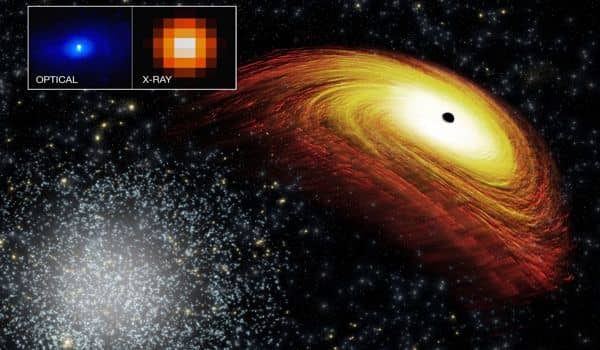
The technique assisted the team in determining that nine of the ten supermassive black holes were at rest, but one stood out and appeared to be in motion. The black hole is located 230 million light-years from Earth in the center of a galaxy called J0437+2456. Its mass is approximately three million times that of our Sun.
The team has now confirmed their initial findings using follow-up observations with the Arecibo and Gemini observatories. The supermassive black hole is moving at a speed of about 110,000 miles per hour within the galaxy J0437+2456.
However, it is unknown what is causing the motion. There are two possibilities, according to the team. “We could be looking at the aftermath of two supermassive black holes merging,” says Jim Condon, a radio astronomer at the National Radio Astronomy Observatory who was involved in the research. “As a result of such a merger, the newborn black hole may recoil, and we may be watching it as it recoils or settles down again.”
But there’s another, possibly more exciting possibility: the black hole could be a part of a binary system. “Despite every expectation that they should be out there in some abundance,” Pesce says, “scientists have had a difficult time identifying clear examples of binary supermassive black holes.” “What we may be seeing in the galaxy J0437+2456 is one of such a pair’s black holes, with the other remaining hidden to our radio observations due to its lack of maser emission.”
More observations, however, will be required in the end to determine the true cause of this supermassive black hole’s unusual motion.
For the past five years, the team has been studying ten distant galaxies and their supermassive black holes, specifically those containing water. They were able to precisely measure the velocity of a black hole based on the water orbiting it, which produces a measurable laser-like beam of radio light known as a “maser.”
